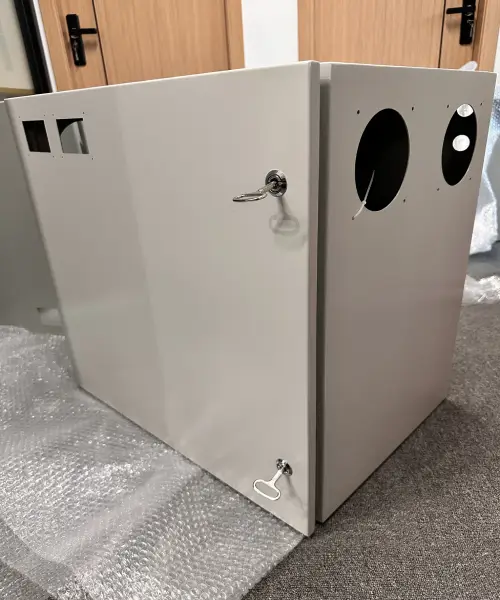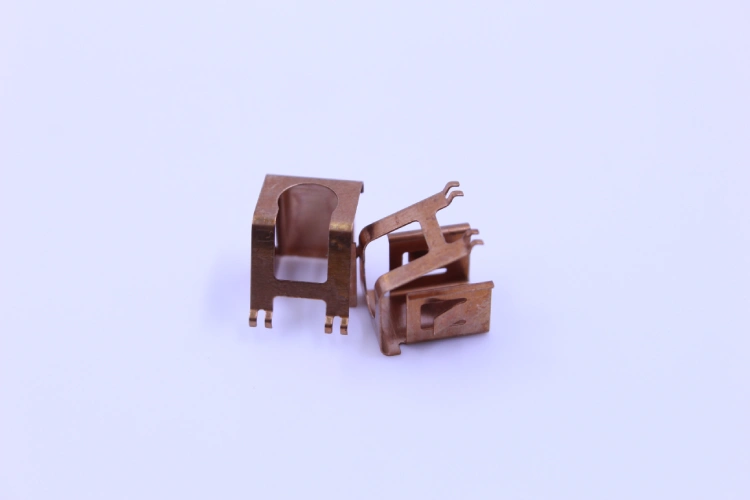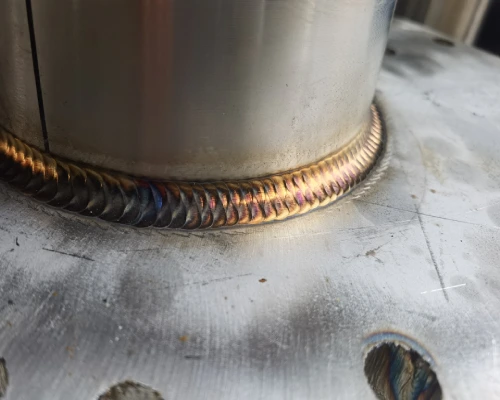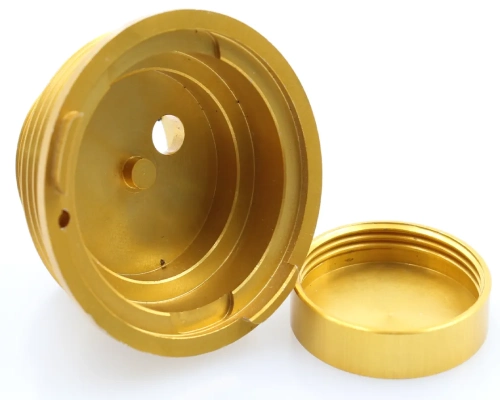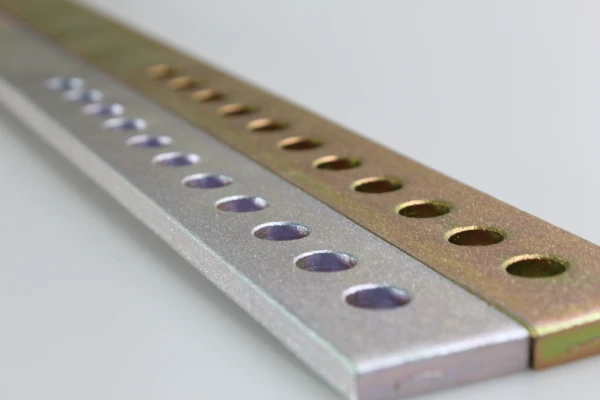In the field of product development and innovation in the automotive, aerospace, medical device and other industries, metal prototype fabrication is the key to connecting the design concept with actual production, and the quality of the metal prototype will directly affect the performance and structure of the product. The quality of metal prototypes will directly affect the performance and structure of the product. Metal raw materials are processed into prototypes with specific structures and functions through specific machining processes, which provide an important basis for subsequent product optimization and mass production.
The article will start from the basic definition of metal prototype fabrication, and analyze in detail how to choose the right metal material and its three mainstream processes. This article is designed to help you understand metal prototype fabrication and make scientific decisions.
Supro offers high-quality custom metal prototyping for a wide range of applications. Choosing Supro for your metal prototype fabrication needs ensures fast production of high-quality, high-precision parts with excellent customer service.
What is metal prototype fabrication?
Metal prototype fabrication is the process of creating a sample object or small batch trial production using metal materials based on digital design drawings (CAD models) before formal mass production. The aim is to validate and optimize all aspects of the product through physical, tactile, testable custom metal prototyping.
Functional validation: This is the most direct purpose. custom metal prototyping can be used for actual functional testing, e.g. to check if moving parts fit together smoothly, to test if they can withstand workloads, to verify heat dissipation or fluid sealing, etc.
Design verification and optimization: It is difficult to find design defects on the computer screen, but engineers can use custom metal prototyping to check whether the assembly is convenient, whether the structure is reasonable, and whether the wall thickness is sufficient. It can effectively avoid finding problems only in mass production and avoiding huge losses.
Communication and demonstration: High-precision custom metal prototyping can be used to collect feedback, warm up the market and attract investment.
Rapid Prototype Turnaround
Committed to exceeding expectations for quality and rapid turnaround, and meeting high-quality sheet metal parts.
On-Demand Sheet Metal
Whether it is rapid prototyping & large-volume manufacturing, we will implement it according to customer needs and standards.
Real Fabricators Price
Integrate product design, bending, stamping, cutting, surface treatment, etc. to provide a series of manufacturing solutions.
Selecting the right material for metal prototype fabrication
In general, metal has good toughness, stiffness and dimensional stability. Which metal material to choose for custom metal fabrication prototype depends on the needs of the part. When a biocompatible material is needed, cobalt-chromium alloys and titanium alloys are good choices; for light weight, aluminum or magnesium alloys; if electrical conductivity is needed, aluminum or copper can be chosen; for high stiffness, steel can be chosen, etc.
Metal Materials
Characteristics
Applicable Scenarios
Applicable Technology
Aluminum and its alloys
Light weight, good strength, excellent corrosion resistance and electrical and thermal conductivity, excellent machinability, relatively low cost.
Aerospace components, automotive parts, consumer electronics housings, heat sinks
CNC machining, 3D printing, sheet metal processing.
Stainless Steel
High strength and excellent corrosion resistance, but harder to process than aluminum alloy.
Medical and surgical instruments, food processing equipment, components for marine environment applications, high strength structural components
CNC machining, 3D printing, sheet metal processing
Mild steel
Lower strength and hardness, better plasticity and toughness, good weldability, good economy
Automotive parts manufacturing, steel reinforcement and steel structures for the construction industry, medical equipment and sports equipment, etc.
Sheet metal processing, CNC machining
Titanium alloys
High strength, light weight, high and low temperature resistance, corrosion resistance, excellent biocompatibility. However, material cost and processing cost are higher.
Aerospace key components, high performance racing parts, medical implants, chemical industry
3D printing, CNC machining
Copper and its alloys
Excellent electrical and thermal conductivity, wear-resistant, corrosion-resistant, with antibacterial properties. Aesthetically pleasing appearance.
Electrical connectors, cooling elements, gears, bearings, decorative parts.
CNC machining, 3D printing, sheet metal processing.
Magnesium and its alloys
Lightest of the engineering metals, good damping performance. Poor corrosion resistance, flammable.
Portable device housings, aerospace lightweight parts, racing wheels
CNC machining
No design files? Let Supro MFG do it for you.
We often come across clients who have no professional design drawings and documentation, only a creative idea, which leads to the project being at a standstill.
If you are in this situation, then contact our team of experts.
Supro MFG, as an industry-leading custom metal fabricator, has an ever-experienced team of engineers who utilize their extensive fabrication experience and technical expertise to build your idea into a real product and create design files such as STEP/STP/SLDPRT/DXF/PDF/PRT/DWG/AI.
That’s what makes SUPRO MFG so great, and 2,000 corporate, entrepreneurial, artist, and other purchasers from around the world enjoy working with us and benefiting from our one-stop manufacturing services.
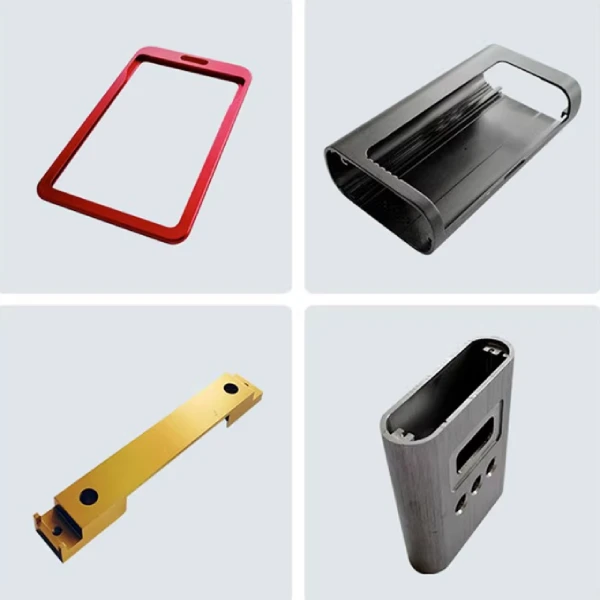
metal prototype fabrication technology
Choosing the right metal prototype fabrication technology is as important as choosing the material, which determines the structural complexity, precision and surface quality of custom metal prototyping. At present, there are three main categories of mainstream custom metal fabrication prototype technologies: CNC machining, 3D printing and sheet metal fabrication.
metal prototype fabrication technology for CNC machining services
Computer numerical control (CNC) machining is a material reduction manufacturing process. It uses a computer program to control a cutting tool to gradually remove material from a solid piece of metal blank, ultimately resulting in a designed prototype structure.
Its advantages are:
- Extremely high precision and excellent surface quality: This metal prototype fabrication technique is capable of achieving micron-level tolerances and very smooth surfaces.
- Wide range of materials: almost all types of metal materials can be processed, such as aluminum alloys, stainless steel, titanium alloys, brass, etc.
- Superior Mechanical Properties: Retaining the tight, non-porous microstructure of the metal material, the mechanical properties of custom metal prototyping are comparable to those of forged or rolled parts, making it suitable for high-strength functional testing.
CNC machining also has certain limitations:
- Structural limitations: For deep cavities or extremely complex internal structures, tools may not be able to reach them, making them difficult to manufacture and not suitable for complex METAL prototype fabrication.
- Material waste: as a material reduction process, it generates more metal swarf and lower material utilization.
metal prototype fabrication technology for 3D Printing services
3D printing, custom metal prototyping by melting and stacking metal powders or wires layer by layer. common technologies include Selective Laser Melting (SLM), Electron Beam Melting (EBM), Directed Energy Deposition (DED), and Binder Jetting.
Their main advantages are:
- Extremely high degree of design freedom: complex structures and shapes that cannot be achieved by traditional processes can be manufactured, such as internal cavities and runners, lightweight structures, integrated molding, etc.
- Rapid iteration: 3D printing technology goes from digital model (CAD) to sample object without any molds. For complex METAL prototype fabrication, it greatly shortens the cycle of product design, validation and modification, and the finished product is usually faster than CNC machining.
- High material utilization: 3D printing stacks material only in the area to be molded, and unused metal powder can often be recycled, reducing material waste.
Limitations:
- Relatively poor surface quality: custom metal prototyping surfaces can have lamination (similar to a stepped texture) and require subsequent processing (e.g. sandblasting, polishing) to obtain a smooth surface.
- Size constraints: the size of custom metal fabrication prototype is limited by the size of the molding chamber of the 3D printing equipment.
- Relatively high cost: 3D printing metal powders and equipment are expensive, and the cost per piece is usually higher than CNC machining.
metal prototype fabrication technology for sheet metal fabrication services services
Sheet metal processing is a series of process combinations used to deal with sheet metal, mainly including laser cutting, stamping, bending, welding, riveting and other processes.
Its advantages are:
- cost-effective and fast processing speed: Compared with CNC processing that requires cutting a large number of metal blanks, sheet metal processing uses sheet metal at a lower cost. For thin-walled metal prototype fabrication, the direct use of laser cutting, combined with the bending process, the production speed is very fast, far better than CNC processing. There is no need to make molds, and the cost is manageable for fast iterative structural validation.
- is easy to scale up to mass production: the processes used in prototype sheet metal fabrication (laser cutting, bending) are basically the same as those used in mass production. Once custom metal prototyping is confirmed, it can be very quickly transitioned to mass production, enabling scale-up and significant cost reductions.
- Wide range of materials: prototype sheet metal fabrication is suitable for a wide range of different metals, from steel and aluminum to bronze and brass. It is a versatile process and different prototype sheet metal fabrication can be easily manufactured.
Limitations:
- Restricted structural shapes: Sheet metal fabrication is suitable for thin-walled structures and is unable to produce solid, custom metal prototyping with complex three-dimensional features. and all of its three-dimensional shapes are obtained by bending two-dimensional planes, resulting in far less design freedom than 3D printing and CNC machining.
- Lower precision: Compared to CNC machining and 3D printing, sheet metal fabrication cannot be adapted to the needs of custom metal fabrication prototypes for precision parts, such as medical and surgical tools, and aerospace precision joints.
- Lower surface quality: After processing, the surface is prone to residual process traces, such as burrs on the sheared edges, indentation marks on the bending places, and welding marks on the welded parts. The surface quality is lower than that of CNC machining, and often requires additional post-processing such as grinding, painting, and brushing.
online custom metal fabrication parts
Only 4 steps
Contact our experts team and experience the efficiency and economic benefits of digital metal fabrication services.
Upload Design Files
STL , STEP (.stp), IGES (.igs), (.ZIP), or PDF.
Also be a sample or an idea
Quote & Design Analysis
Instant factory quotes and DfM reports, the most reasonable solution.
Manufacturing Begins
Digital processes can initiate order tasks within 24 hours.
On-Time Delivery
Keeping delivery promises, approved by 3000+ Global Company buyers.
Rapid prototype Process selection
If your design is a custom metal prototyping consisting of sheet metal, sheet metal fabrication is usually the best choice.
If your custom metal fabrication prototype is solid and has a complex three-dimensional structure, 3D printing is usually the technology of choice.
For most conventional, compact custom metal fabrication prototypes, both CNC machining and 3D printing technologies are feasible.
metal prototype fabrication technology
Advantages
3D Printing
High degree of design freedom, rapid prototyping of complex metals
CNC Machining
High precision, high strength, excellent surface quality, and wide range of materials.
Sheet Metal Processing
Low cost, high efficiency, suitable for thin-walled and large metal prototypes.
CNC machining, with its high precision and wide range of materials, has become the first choice for custom metal fabrication prototype function testing; 3D printing technology can realize complex geometric shapes that are difficult to produce with traditional processes, and realize rapid iteration; sheet metal processing in the field of thin-walled, large metal prototype fabrication Sheet metal working has advantages in the field of thin-walled and large-scale metal prototype fabrication. In practice, these technologies are often used in combination.
Get An Instant Quote Now!
Supro is a professional metal prototype fabrication manufacturer, with the advantage of advanced equipment, rich manufacturing experience and professional engineering team, providing perfect metal prototype fabrication solutions for more than 3,000 companies around the world, as well as providing real manufacturer’s Quotation.
As an industry-leading metal prototype fabrication manufacturer, we can deliver a wide range of products efficiently and on time. From product design, rapid metal prototype fabrication to mass production, we provide professional technical support and excellent quality. And we offer one-stop manufacturing solutions and cost-competitive product supply!






